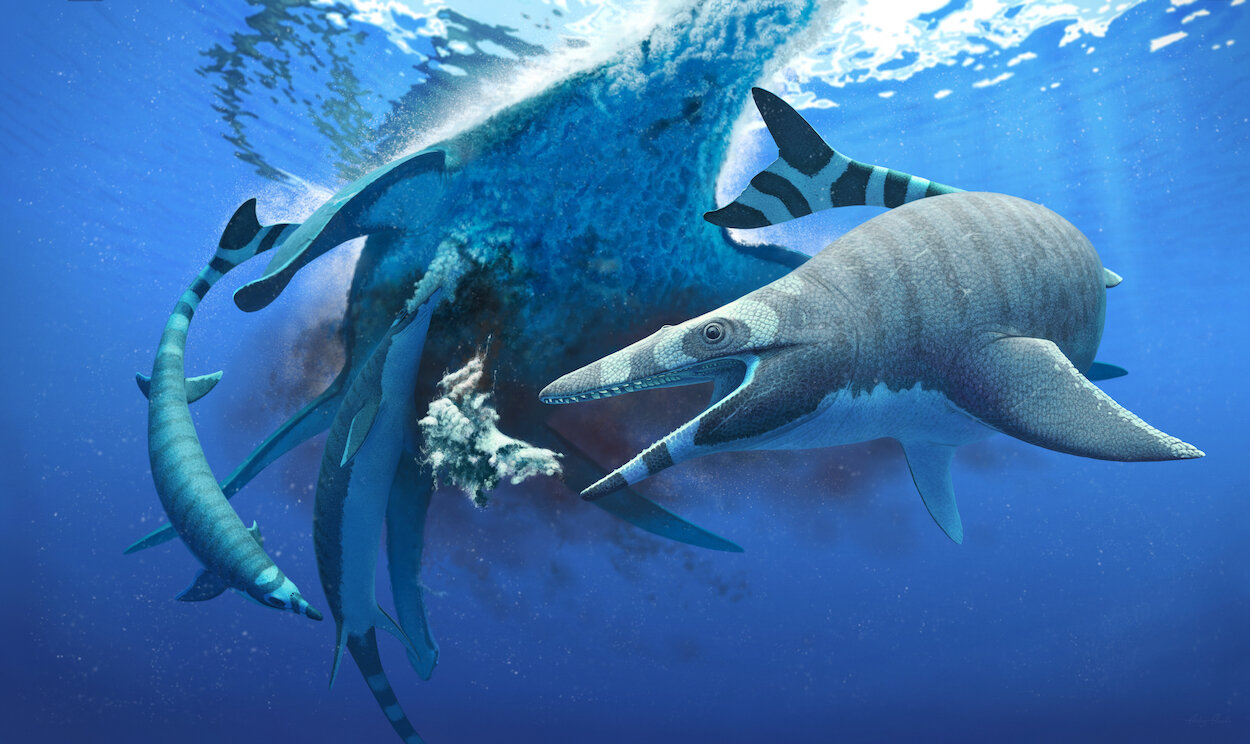
Selected scientific publications
-

An African radiation of duckbill dinosaurs
Taleta taleta, a third species of duckbill dinosaur from Morocco. Duckbills seem to have been highly diverse in Africa, staging a dispersal-driven adaptive radiation similar to Galapagos Finches.
-

A New Species of the Mosasaur Carinodens from the Late Maastrichtian of Morocco
A new and primitive species of Carinodens, Carinodens acrodon, from the late Maastrichtian of Morocco.
-

A New Tyannosaur from Mexico, and a southern tribe of tyrant dinosaurs
Labocania aguilloinae, a new tyrannosaurid from Mexico, was part of a tyrannosaur group that emerged from and dominated the south
-

Coahuilasaurus, a new duckbill from Northern Mexico
Coahuilasaurus lipani, a new kritosaurin hadrosaur from Northern Mexico. Coahuila's distinct dinosaur species show how different species of dinosaur lived in the north and south. Dinosaur diversity may have been higher in the south due to more rapid speciation, and lower extinction.
-
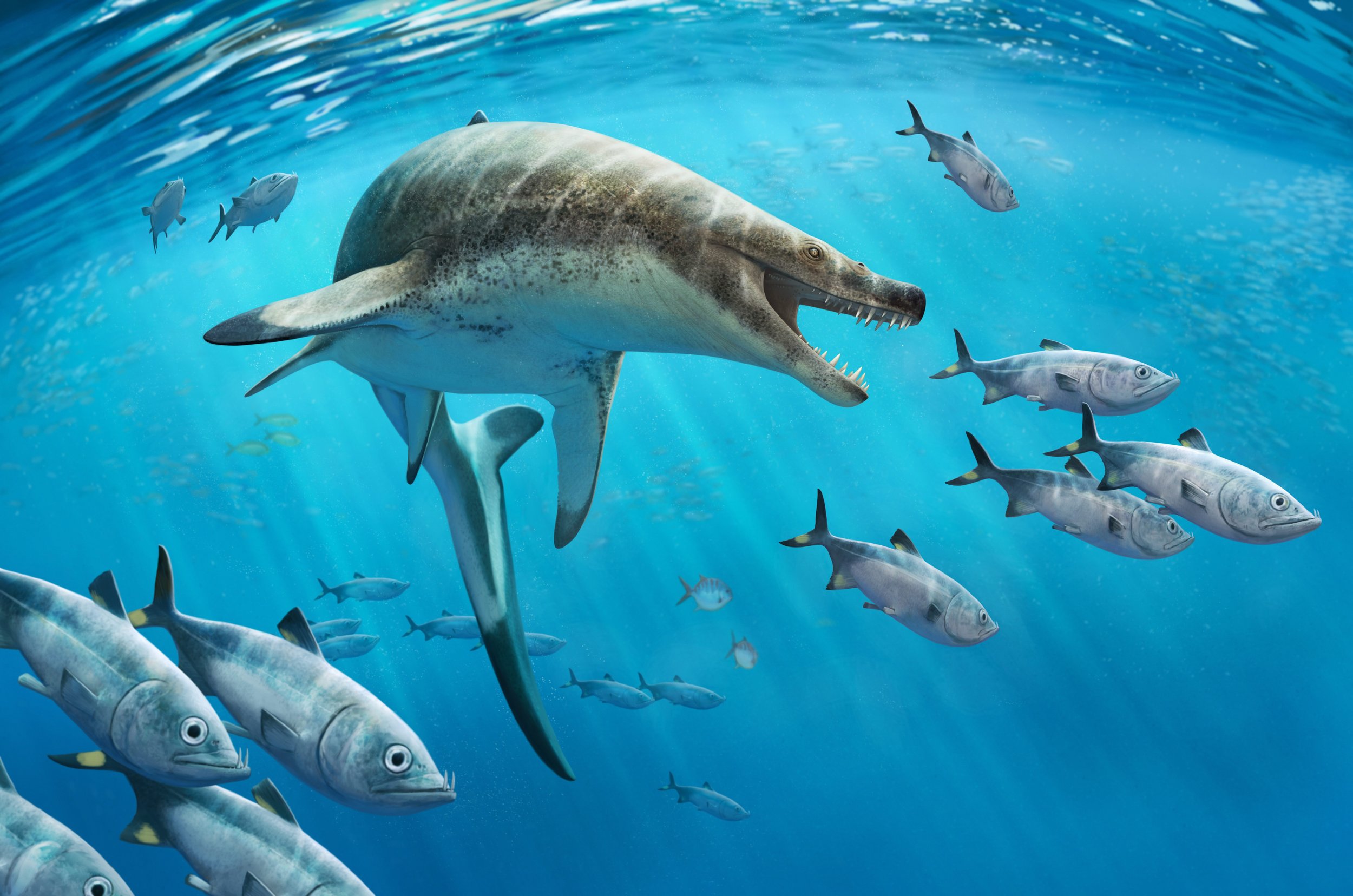
Khinjaria acuta, the world's ugliest mosasaur
Khinjaria acuta, our new Mosasaur from the late Maastrichtian of Morocco. Khinjaria had a short face, a cruel-looking smile and a mouth full of teeth like knives; it looked positively demonic. At around 7-8 meters (25 feet) long it was larger than a great white shark. A top predator, although not at the very top of the food chain. It was one of a diverse host of predators, including Thalassotitan atrox, Hainosaurus, Mosasaurus beaugei, and Prognathodon currii that existed in the late Maastrichtian. Our paper can be found here in Cretaceous Research:
-
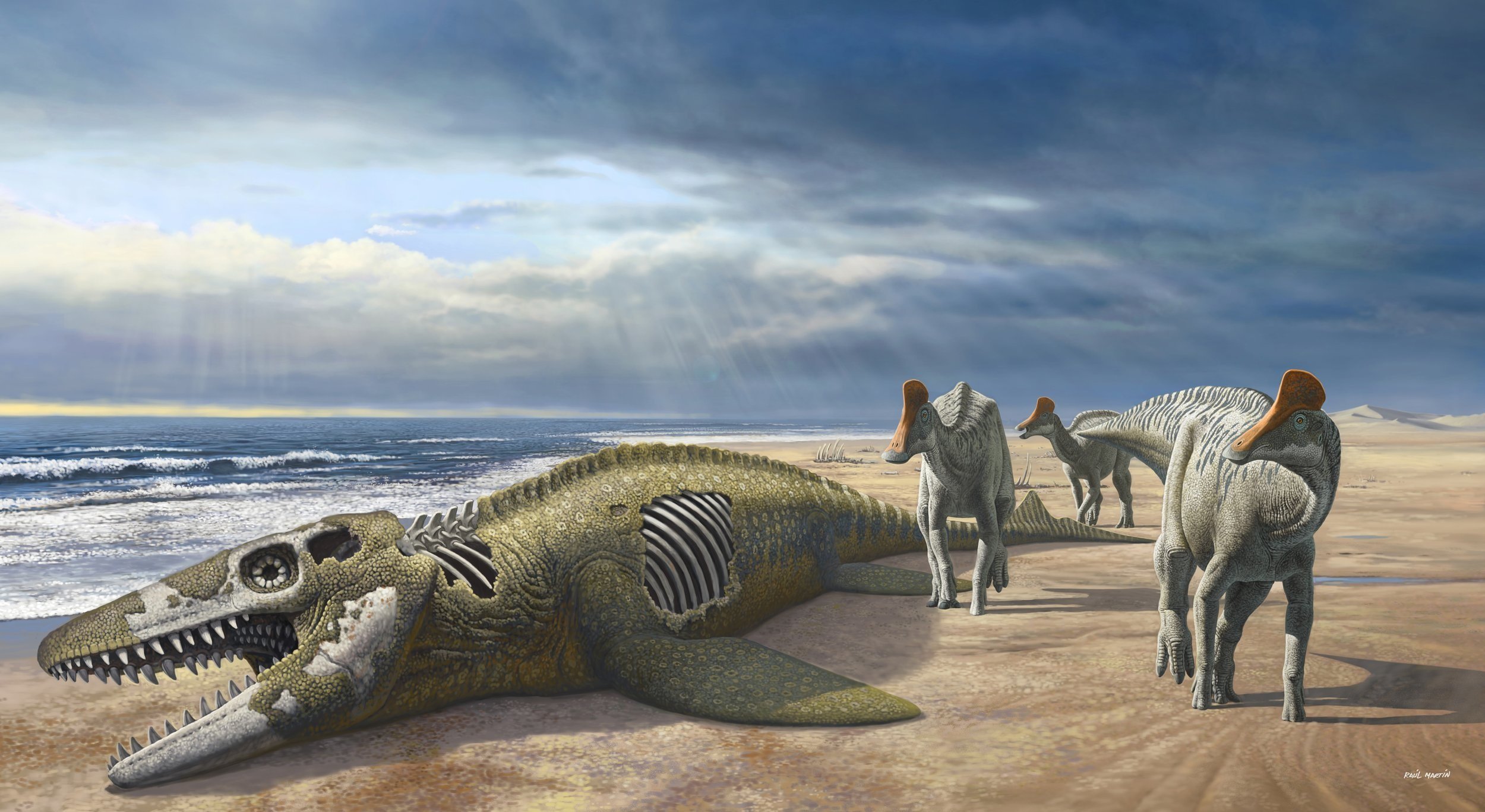
Minqaria bata, a new Moroccan duckbill dinosaur
New duckbill dinosaur from Morocco. A few years ago, we found the first duckbill dinosaur from Africa, an animal we named Ajnabia. When another duckbill turned up, we assumed it would be that species. It turned out to be something new, a creature we named Minqaria bata (Arabic for 'beak' and 'duck'). When duckbill dinosaurs arrived in North Africa at the end of the Cretaceous, they rapidly underwent a radiation, like when finches arrived in the Galapagos.
-

A new species of Tyrannosaurus
Tyrannosaurus mcraeensis was 5-6 million years older than T. rex but just as big. It suggests Tyrannosaurus evolved in southern North America before spreading north at the end of the Maastrichtian
-
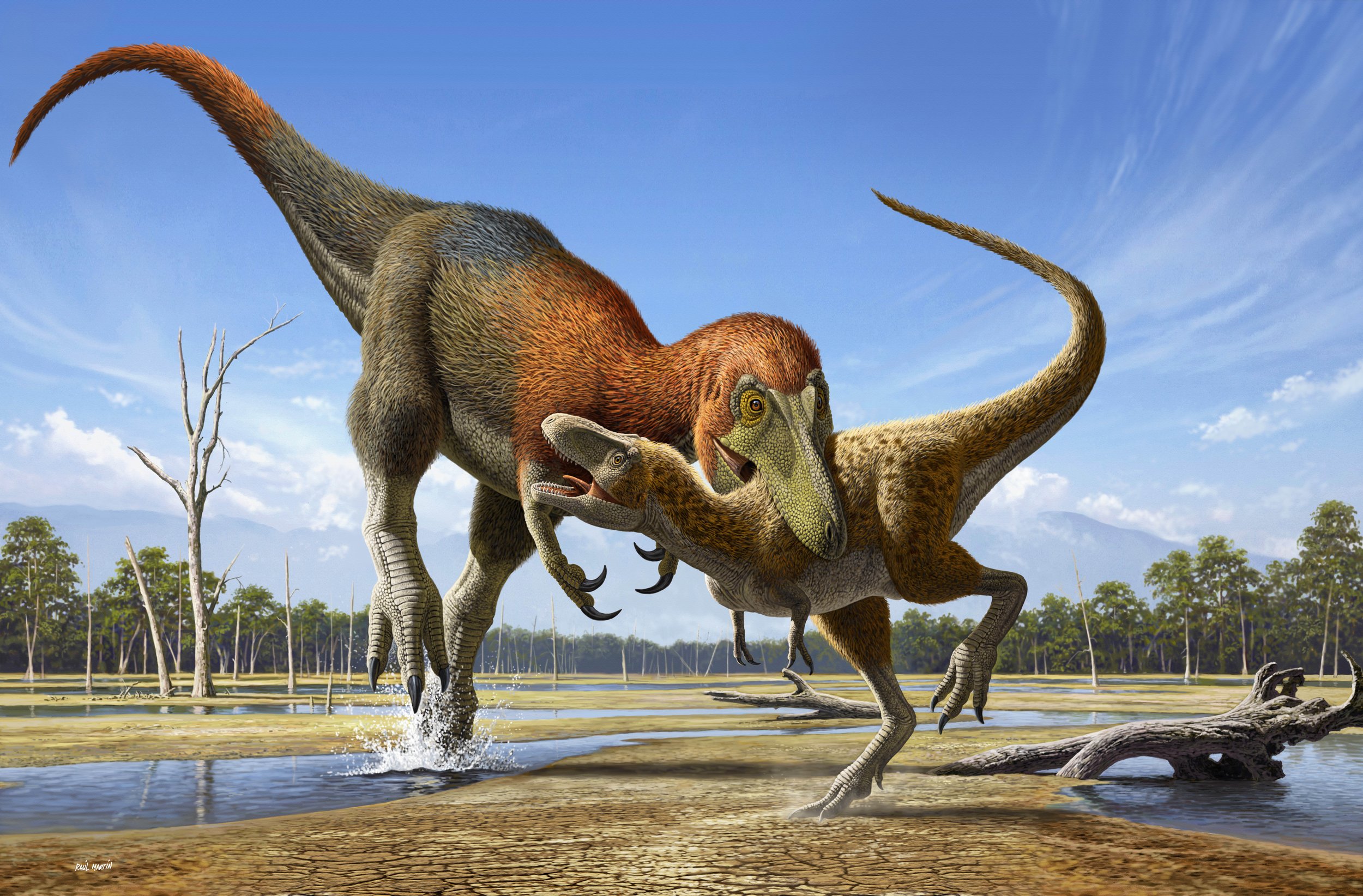
Nanotyrannus lives
Rumors of the demise of Nanotyrannus are greatly exaggered. Multiple lines of evidence- paleoecology, growth series, histology, phylogenetics and a juvenile T. rex all show incontrovertibly that Nanotyrannus was not a juvenile T. rex, but a distinct genus of basal tyrannosauroid.
-
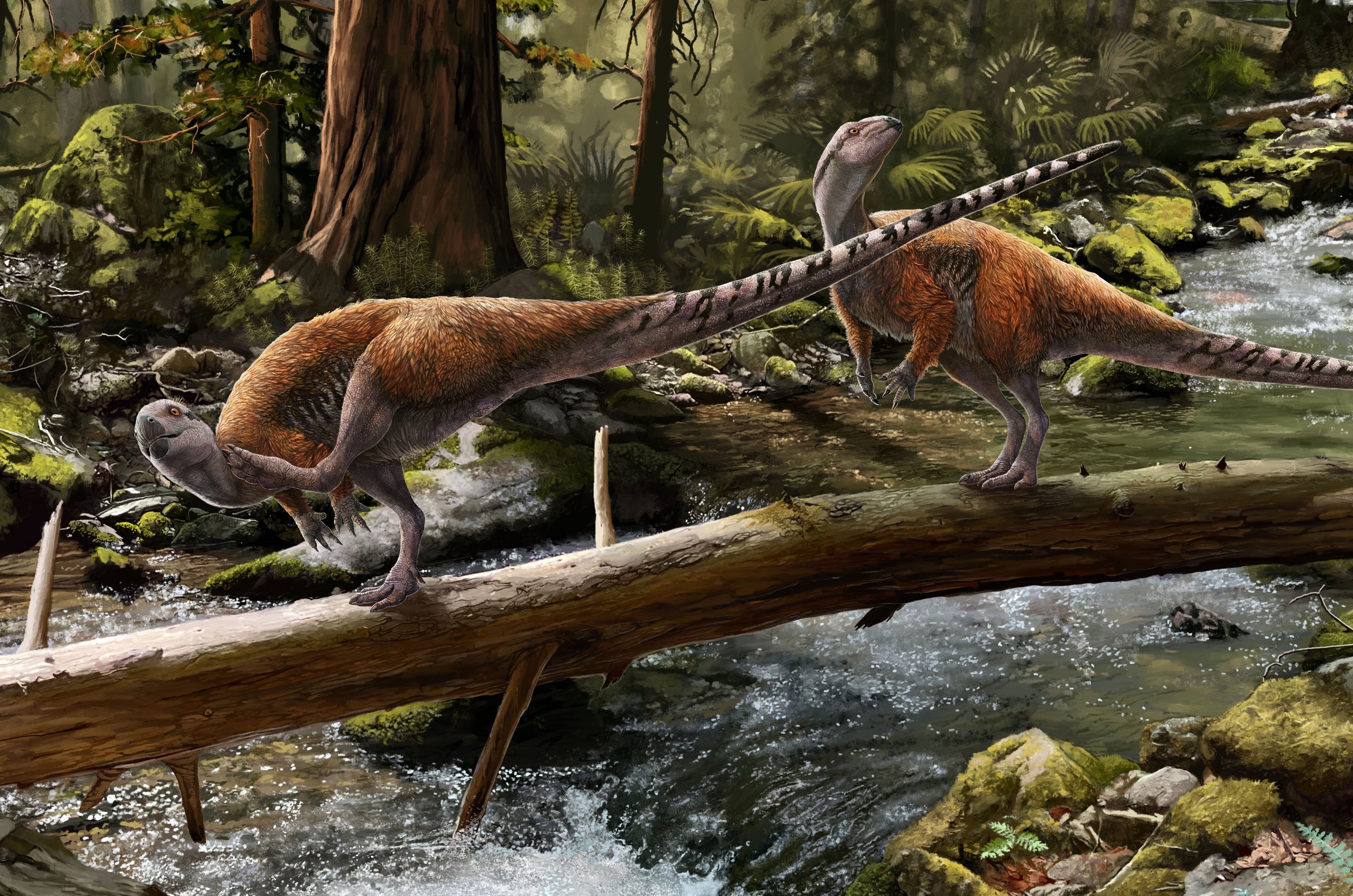
Vectidromeus insularis, a new hypsilophodont
Although many species have been assigned to the Hypsilophodontidae over the years, all except Hypsolophodon have ended up in separate families. Here, after more than a century, we describe the second true member of the Hypsilophodontidae. Hypsilophodonts appear to have been a European endemic clade.
-
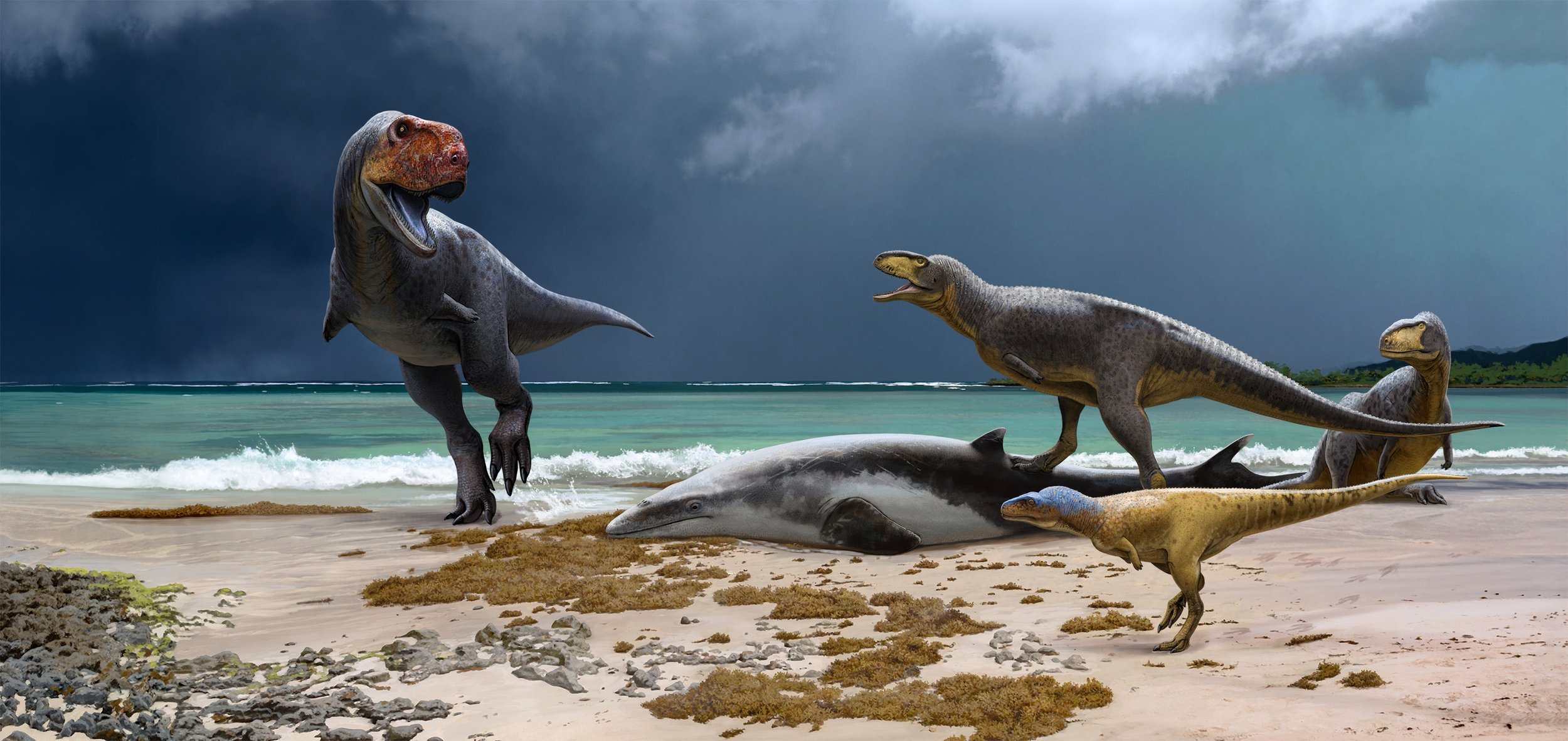
Late Maastrichtian abelisaurs from Morocco
Fossils suggest three distinct species of abelisaurids inhabited the latest Cretaceous of Morocco, in North Africa.
-

Stelladens, a new mosasaur with bizarre teeth
Stelladens mysteriosus, a strange new mosasaur from Morocco, had bizarre teeth with a series of serrated accessory carinae. Fossils, 2023.
-

Thalassotitan atrox, a killer mosasaur
A giant mosasaur from the late Maastrichtian of Morocco, Thalassotitan was specialized to eat marine reptiles including plesiosaurs, sea turtles- and other mosasaurs Cretaceous Research, 2022
-

Freshwater plesiosaurs from the Late Cretaceous of Morocco
An ancient river system that flowed though the Sahara turns out to be full of plesiosaur fossils- bones of adults and juveniles, and lots of shed teeth. What were they doing there? Cretaceous Research, 2022
-

New raptor Vectiraptor greeni
A large dromaeosaurid from the Early Cretaceous of the Wessex Formation, Isle of Wight. Cretaceous Research, 2022
-

New horned dinosaur Sierraceratops
A horned dinosaur from New Mexico represents a new species. Cretaceous Research, 2021
-
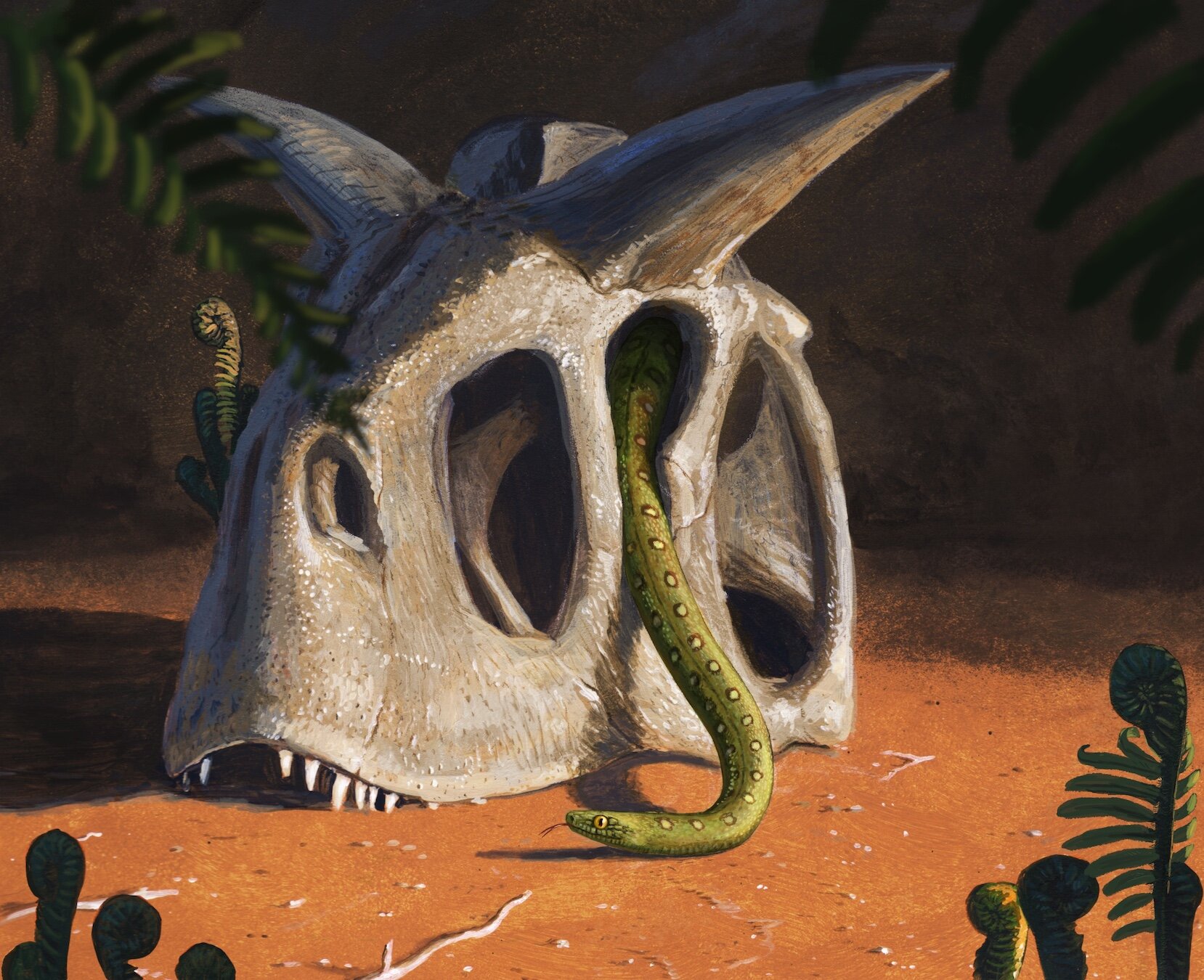
Snake Radiation following the dinosaur extinction
After an asteroid wiped out the dinosaurs and more than 90% of all species on Earth, snakes staged a major radiation. Nature Communication, 2021
-

Shark-toothed mosasaur
Xenodens calminechari gen. et sp. nov., a bizarre mosasaurid (Mosasauridae, Squamata) with shark-like cutting teeth from the upper Maastrichtian of Morocco, North Africa. Cretaceous Research, 2021.
-

Snake-faced mosasaur Pluridens
Pluridens serpentis, a new mosasaurid (Mosasauridae: Halisaurinae) from the Maastrichtian of Morocco and implications for mosasaur diversity. Cretaceous Research, 2021.
-

African duckbill
The first duckbill dinosaur (Hadrosauridae: Lambeosaurinae) from Africa and the role of oceanic dispersal in dinosaur biogeography. Cretaceous Research, 2021.
-

Kiwi Pterosaur
A long-billed, possible probe-feeding pterosaur (Pterodactyloidea: ?Azhdarchoidea) from the mid-Cretaceous of Morocco, North Africa
-
The microbiome of a fossil dinosaur
Cretaceous dinosaur bone contains recent organic material and provides an environment conducive to microbial communities. eLife, 2019
-

Cretaceous pterosaur extinction
Late Maastrichtian pterosaurs from North Africa and mass extinction of Pterosauria at the Cretaceous-Paleogene boundary. PloS Biology, 2018
-

A four-legged snake
A four-legged snake from the Early Cretaceous of Gondwana. Science, 2015
-
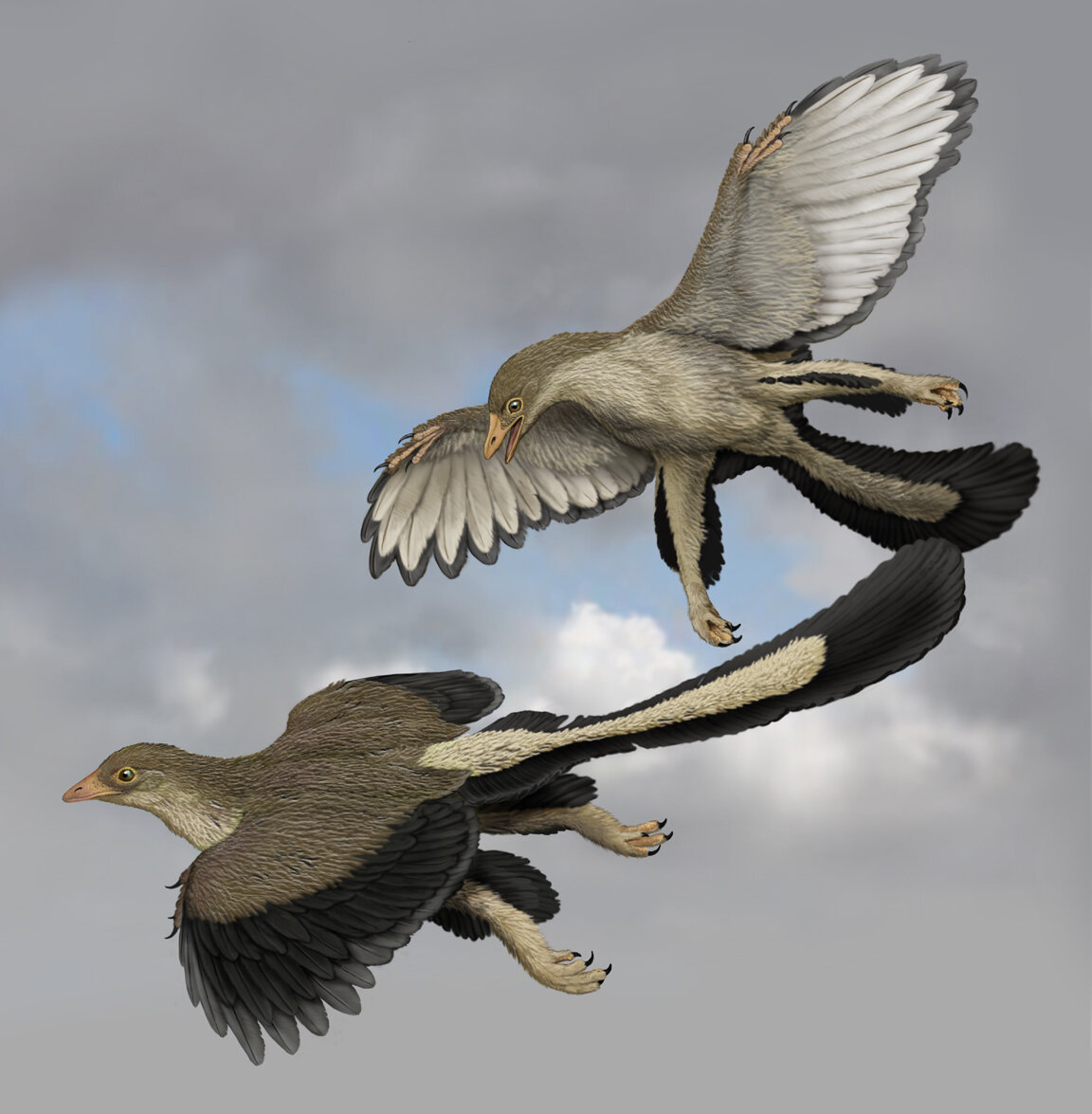
Early bird wings
Primitive Wing Feather Arrangement in Archaeopteryx lithographica and Anchiornis huxleyi. Current Biology, 2012
-
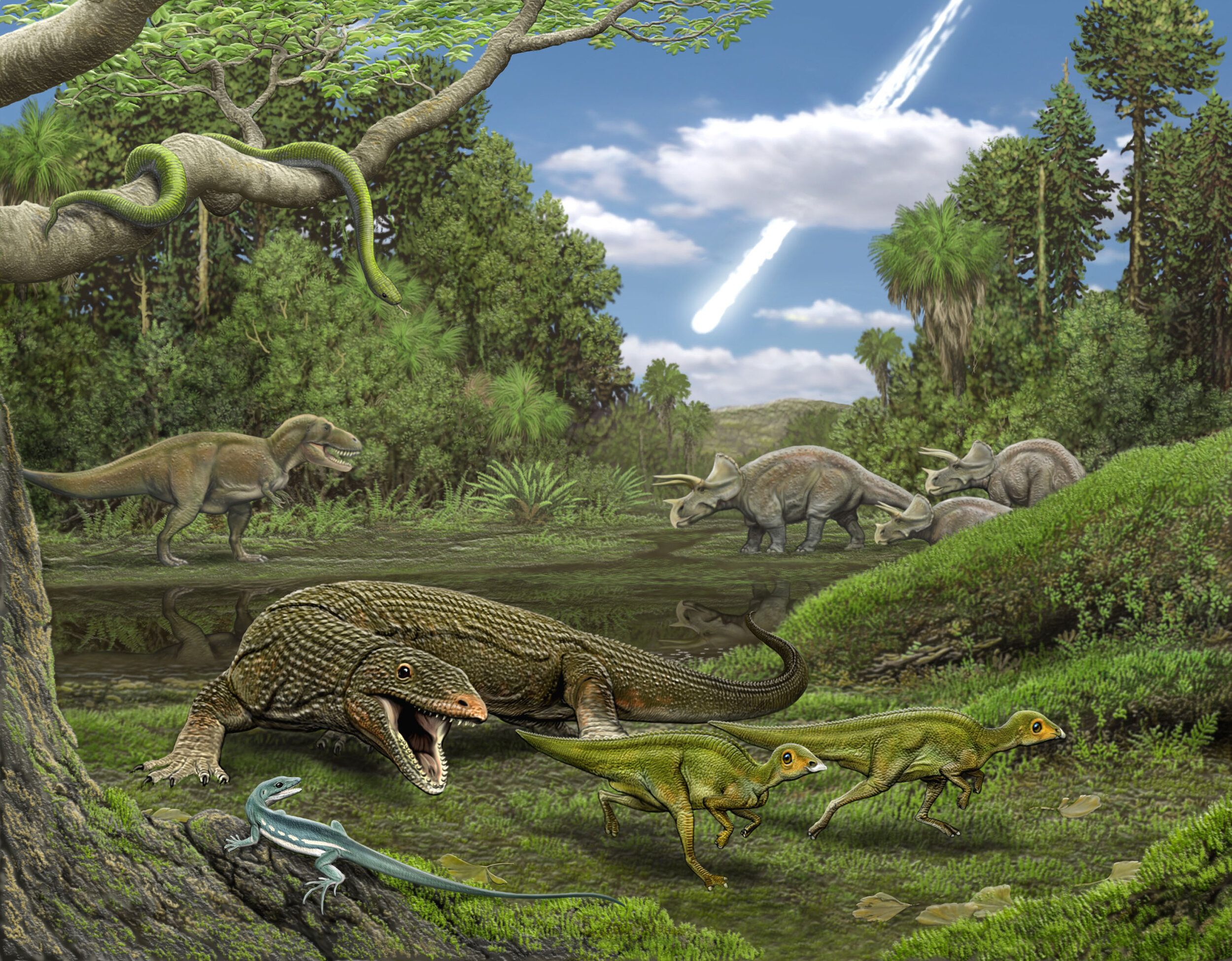
Lizard and snake extinction
Mass extinction of lizards and snakes at the Cretaceous–Paleogene boundary. PNAS, 2012
-

end-Cretaceous bird extinction
Mass extinction of birds at the Cretaceous–Paleogene (K–Pg) boundary. PNAS, 2011.
-

Judiceratops
Judiceratops tigris, a New Horned Dinosaur from the Middle Campanian Judith River Formation of Montana. Peabody Museum Bulletin, 2013
-

Tiny raptor Hesperonychus
A microraptorine (Dinosauria–Dromaeosauridae) from the Late Cretaceous of North America. PNAS, 2009
